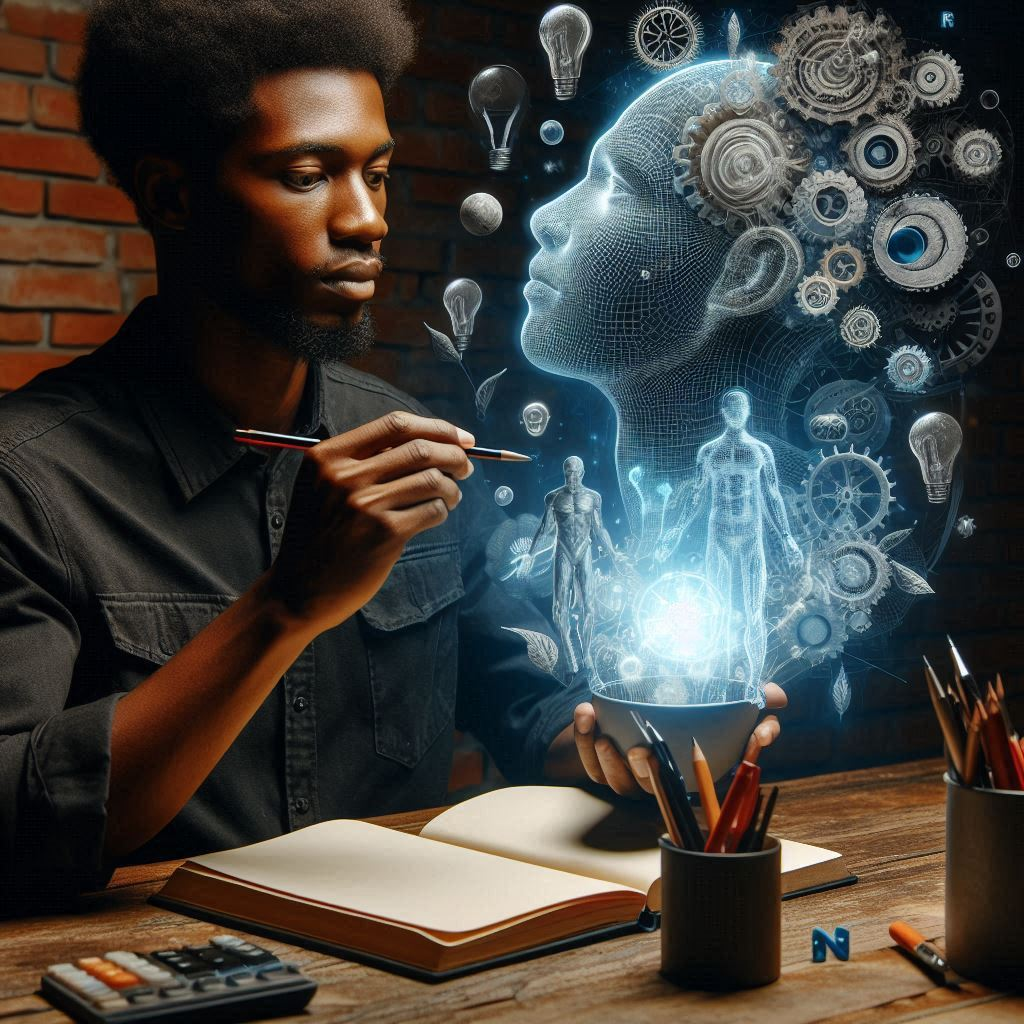The AI Revolution: Reimagining Work, Creativity, and Human Potential

Algorithms are writing the future. Artificial intelligence (AI) is no longer a distant sci-fi concept; it’s rapidly weaving itself into the fabric of our lives, transforming everything from how we work to how we create, learn, and even perceive the world around us. This isn’t just a technological shift; it’s a cultural and societal one, prompting us to reimagine our roles as humans in a world increasingly shaped by intelligent machines.
While anxieties about AI replacing jobs are valid, the true power lies in understanding its potential for augmenting our capabilities and unlocking new frontiers of human potential. This empowerment is a reason for optimism and hope in the face of technological change.
The AI-Powered Workforce: A Partnership, Not a Replacement
The narrative of robots stealing jobs is overly simplistic. AI excels at automating repetitive tasks, freeing us to focus on higher-order skills like critical thinking, creativity, and emotional intelligence, which remain distinctly human domains. Instead of fearing replacement, we should embrace the opportunity to collaborate with AI, enhancing our productivity, efficiency, and problem-solving abilities.
Imagine a world where AI analyzes vast datasets to identify patterns and trends, providing insightful recommendations that inform strategic decisions in business, healthcare, or even government. Think of AI as an extension of human intelligence, a powerful ally that amplifies our capabilities, allowing us to achieve breakthroughs that would have been impossible alone.
The Rise of AI-Augmented Creativity
The creative arts are often perceived as uniquely human, a realm untouched by the cold logic of machines. Yet, AI is already disrupting this perception, generating art, music, and even writing that pushes the boundaries of human creativity. AI tools can analyze artistic trends, generate unique compositions, and even collaborate with human artists in real time, pushing the boundaries of expression and challenging our understanding of what art can be.
This isn’t about replacing the human touch but rather expanding our creative possibilities. AI can act as a creative partner, generating ideas, exploring new techniques, and helping artists overcome creative blocks. This role of AI as a creative partner should inspire and encourage us to explore new frontiers of creativity.
The Human Factor: Embracing Our Unique Strengths
In the midst of this AI revolution, it’s crucial to remember that human potential is a vital ingredient in shaping a future where AI and humans work together harmoniously. We must prioritize developing skills that are inherently human, reinforcing our value and integral role in this revolution.
- Emotional Intelligence: AI lacks the capacity for empathy, compassion, and understanding of complex human interactions. These remain vital strengths in leadership, collaboration, and building meaningful relationships.
- Critical Thinking: AI thrives on data, but it can’t independently question assumptions or challenge conventional wisdom. Cultivating critical thinking is essential for ethical decision-making and innovation.
- Adaptive Learning: The future is uncertain. AI’s role will continue to evolve, making adaptability and lifelong learning crucial for individuals and organizations alike.
A Future of Collaboration and Human Flourishing
The AI revolution isn’t a threat; it’s an opportunity. It’s a chance to build a future where technology enhances human potential, allowing us to solve complex problems, create innovative solutions, and achieve a higher level of human flourishing. By embracing the strategic potential of AI and cultivating our unique capabilities, we can forge a future where humans and machines work together to create a world that benefits us all.


Leave a Comment